WebGL Forward+ and Clustered Deferred Shading
University of Pennsylvania, CIS 565: GPU Programming and Architecture, Project 5
- Paul (San) Jewell
- LinkedIn, work website, personal website, twitter, etc.
- Tested on: (TODO) Linux pop-os 5.11.0-7614-generic, i7-9750H CPU @ 2.60GHz 32GB, GeForce GTX 1650 Mobile / Max-Q 4GB
Demo Video/GIF
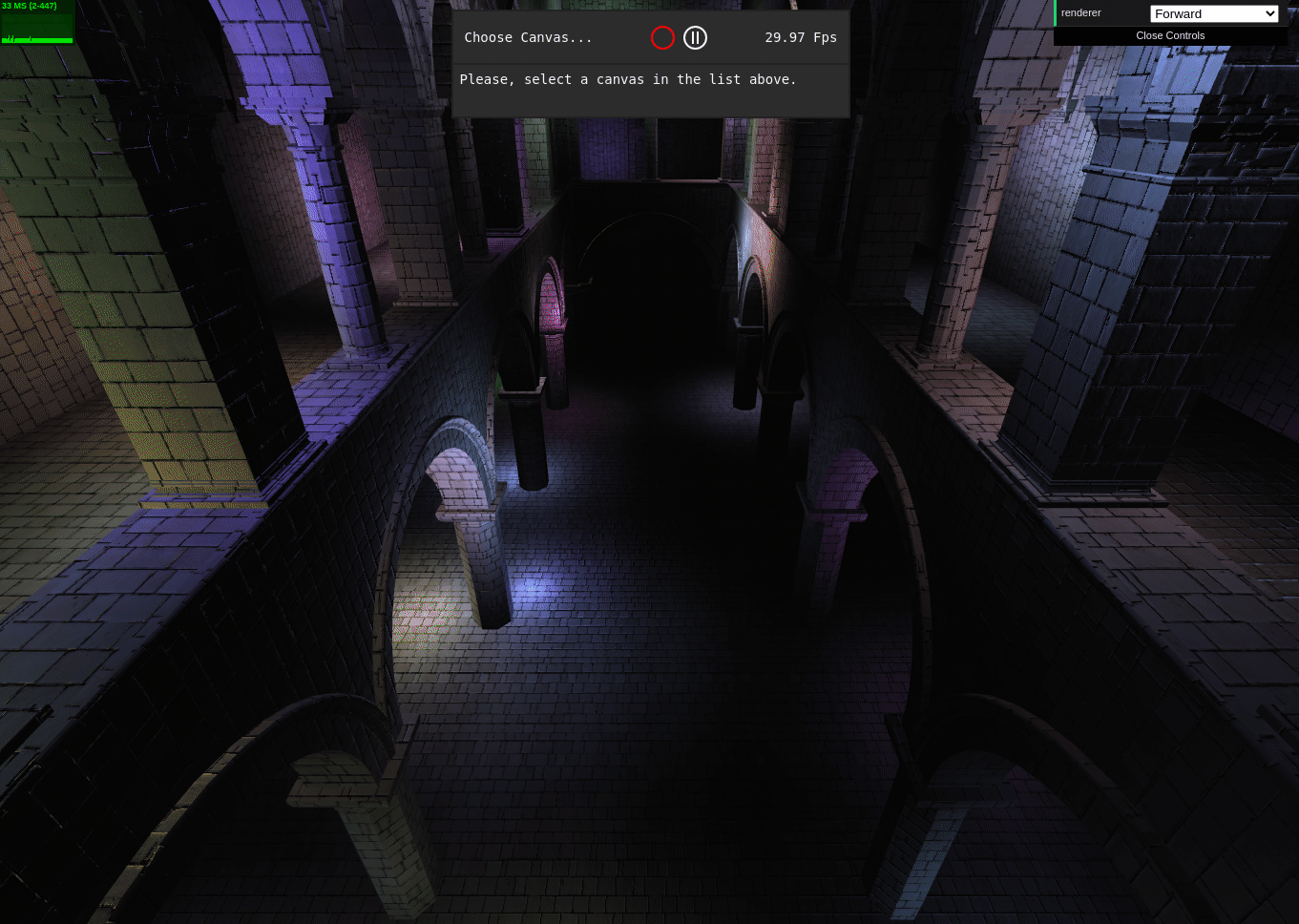 |
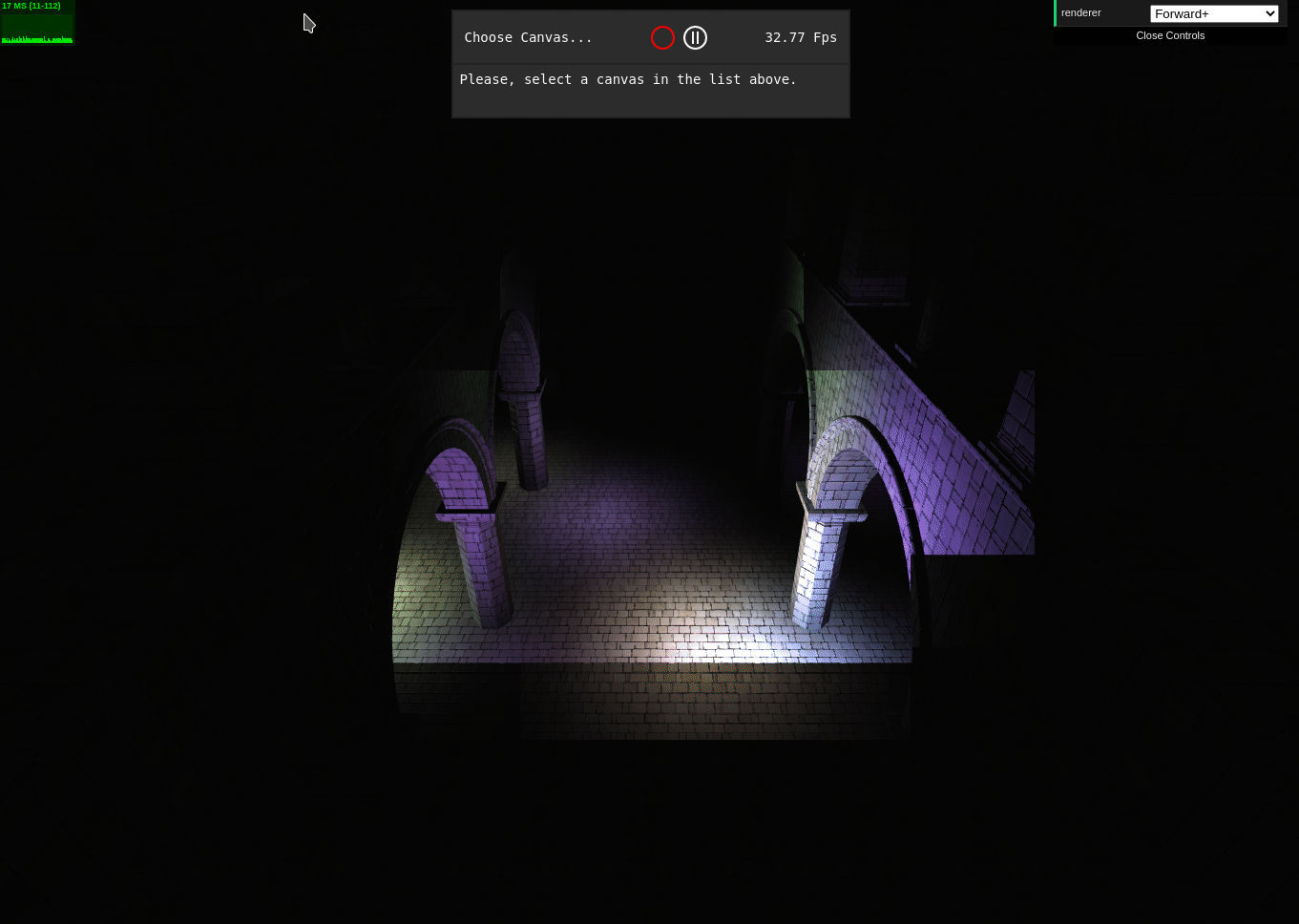 |
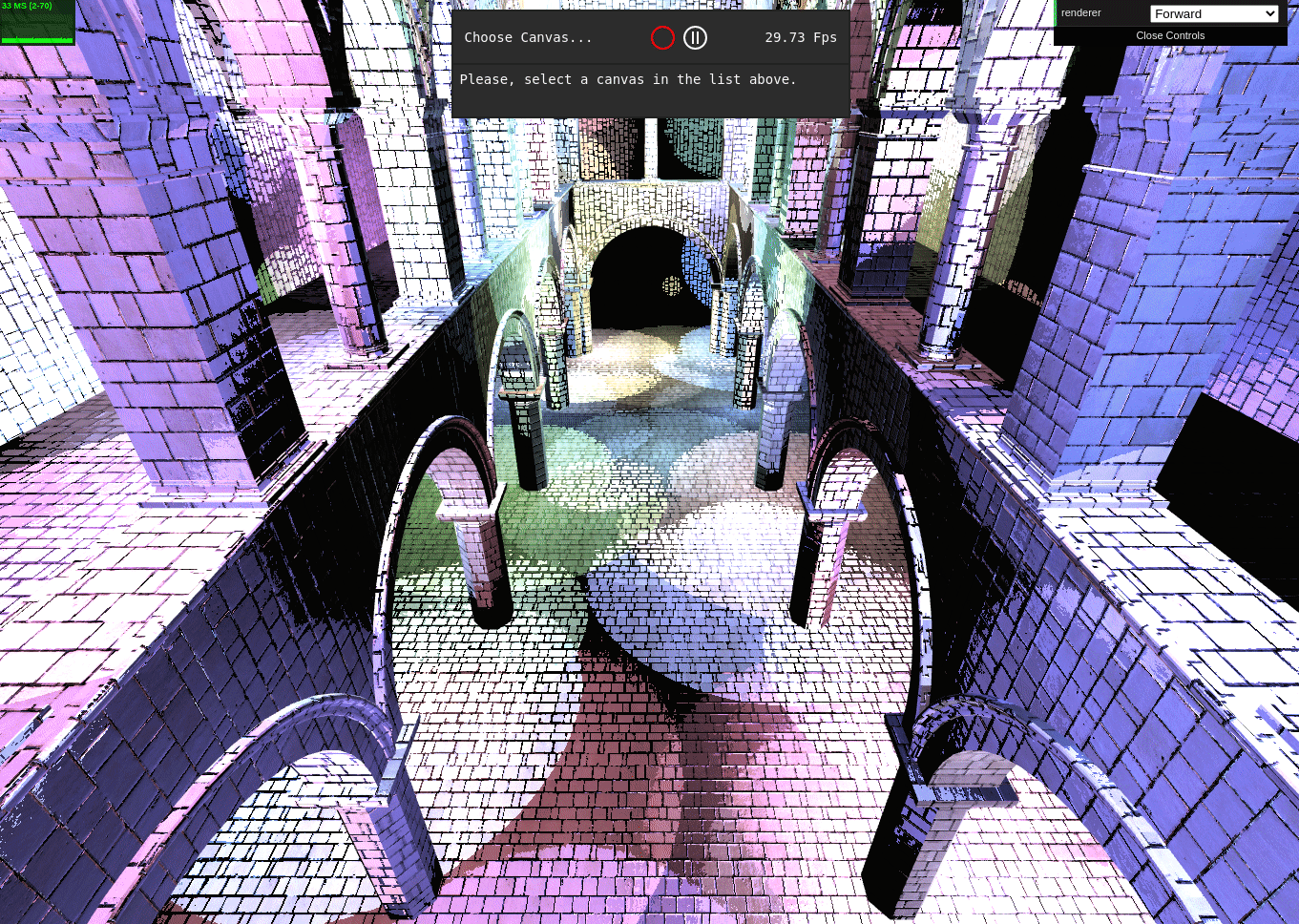 |
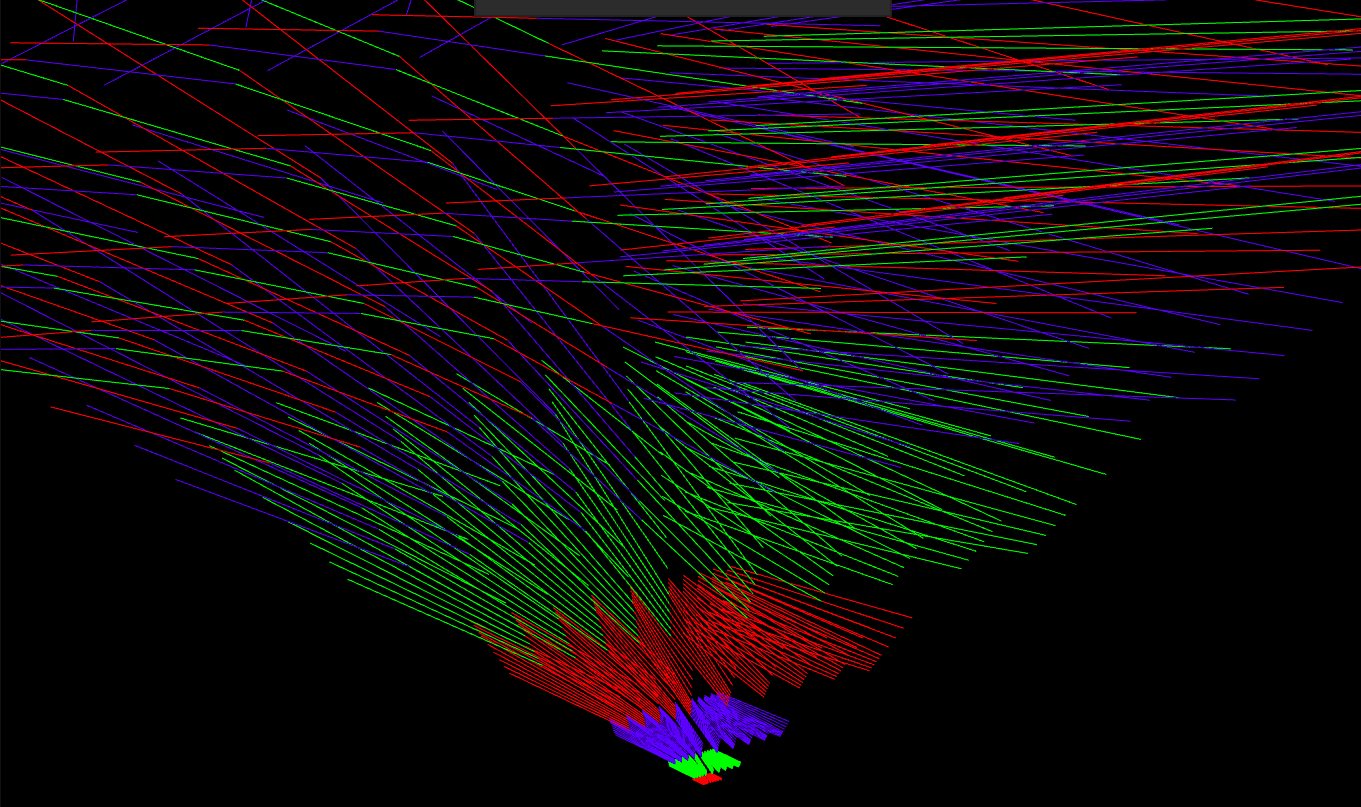 |
(TODO: Your README)
This project involved many components. Including implementing Clustered lighting, Deferred shading, optimizations and visual enhancements in a new language and framework.
The method I used for the longest part of the project, the clustered lighting, was based off of this article: http://www.aortiz.me/2018/12/21/CG.html#part-2? ; Unfortunately, because seemingly the method described had not been used my any of my mentors, I was unable to receive much feedback, and thus, while I can demonstrate the core crux of the algorithm, it is not in a completed state at the time of submission.
Clustering approach
While the above document was extremely helpful in general, it was marginally difficult to adapt to my use case. In the base code that we are provided, We are instructed to compute the lights-per-cluster algorithm on the CPU (javascript), whereas in the article author's approach, all code was done in parallel on the GPU, and some rendering aspects relevant to adapting it to this project were left unmentioned. (specifically, how to apply the lights to the scene after calculation) Because I'd heard that compute shaders has very limited support in webGL, I went ahead with trying to adapt the program to follow the project template structure.
The other main difference is that this article used exponential Z-slicing instead of linear. This ia actually a great idea in general and I was excited to try it. Here is a screenshot from my debugging to give you an idea of how the exponential frustums look:
(The camera would be directly behind the smallest red group, representing the near plane)
The beauty of this approach is that the general "baseline" of this shape can be calculated only once with the same FOV camera, and then checked each frame against lights, a much simpler calculation, by applying the camera/world transformation. (this can be seen in the assembleClusters and updateClusters in base.js). The method I used for detecting which lights were in each cluster involved using three.js Box3 and Sphere classes, making one for each AABB in the mini-frustum, and using three.js collision detection algorithm to check for overlap.
Toon shader
After the bulk of time spent on the more technical aspects of clustered shading, this fun visual effect was a nice distraction.
In this example I implemented it over the original forward shader to avoid any interactions with other performances changes I may or may not have been making with my deferred and cluster attempts. The shader only introduces minimal operations at the very end of the shading pipeline and practically has no noticeable effects on performance.
The toon shader uses a few basic rules with respect to lighting and camera position to effectively reduce the number of colors in the palette over one surface of an object, which makes the rendering have a slightly more 'traditional art' feel, less photorealistic.
I did not attempt it, but the feature could be likely improved past my quick write up by pre-computing the result of the components used in the branching statements and storing them in a compressed g-buffer for the deferred pass.
Performance improvement attempt
I attempted to use two G buffers instead of three to store the needed information, by encoding the normal values into the last two unused positions (.w) of the color and position g-buffers. While theoretically using fewer G-buffers should have an impact, I was not able to spot a discernible difference in performance using this approach.
Performance Analysis
Even with the troublesome rendering bugs, I'm still able to get an accurate judgement of the differences in performance in the core of the implementations. In the work I completed, which produces the same overall results, for both Clustered-Deferred and Forward+. In the case of my implementation, almost all of the core algorithm is the same. Both primarily use clusters to reduce the number of lights applied to each object rendered for each screen pixel. The deferred method additionally separated the pass for calculating positions and normals into a texture buffer instead of calculating them in the main fragment.
..Possibly because of additional memory bandwidth, but more likely because none of the optimizations I did were on the deferred component, I notice a significant performance difference between Forward+ and Clustered Deferred. My Forward plus implementation is highly optimized as described earlier, and gets from 55-60FPS on my machine, while the clustered implementation only reaches an average of 32FPS. Clearly it's may not be as useful for the tested environment, all other things considered.
Unfortunate conclusions
Before, I'd mentioned that the clustered algorithm was incomplete. Despote many iterations I was unable to isolate the issue in time. I was able to isolate that my x and y slices were behaving properly, as in the left shot when the number or Z slices is set to zero, however, when using the depth slicing with exponential components, I encountered frequent bugs. I plan to resolve this issue once the resources become available.
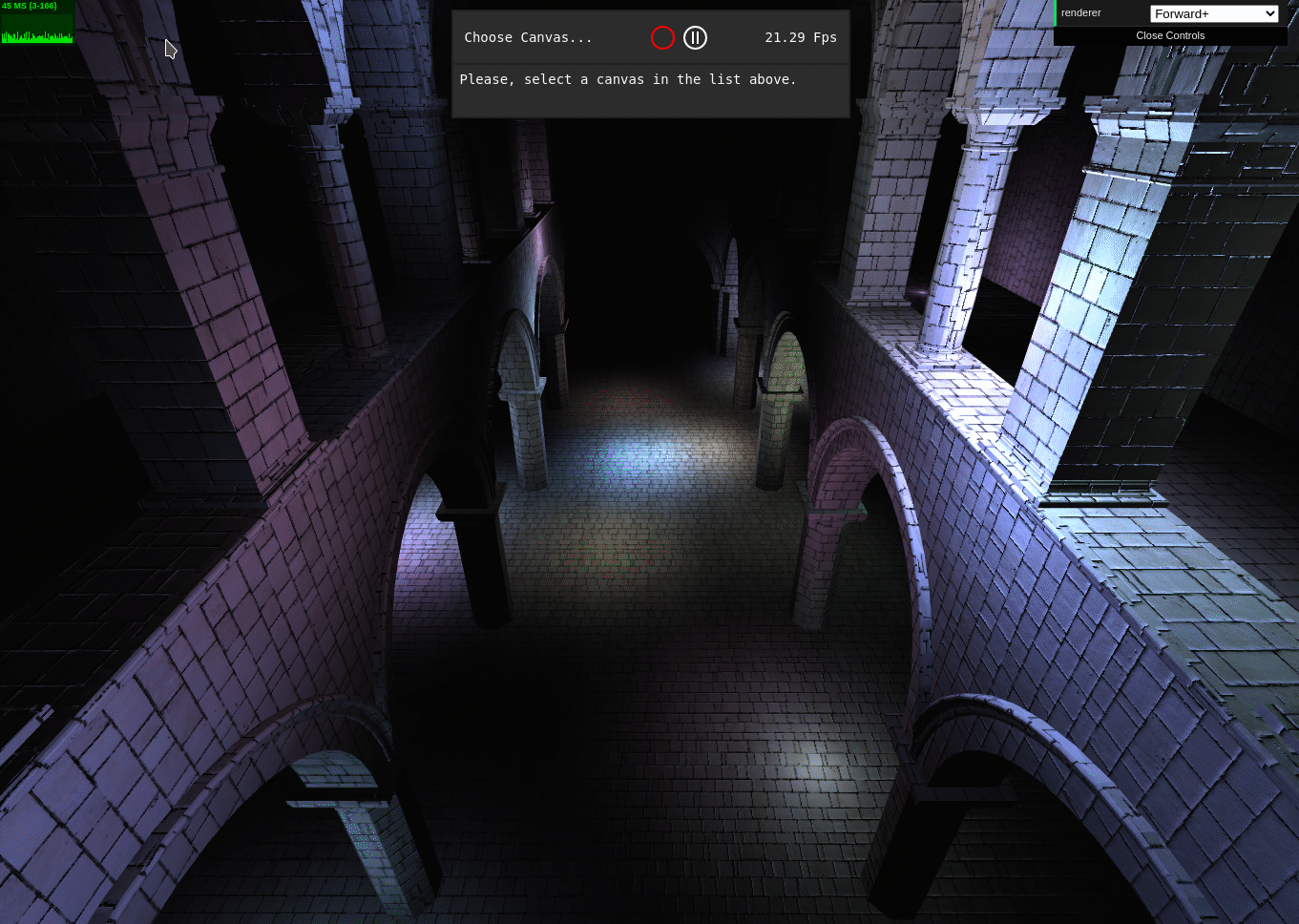 |
 |
Credits
- Three.js by @mrdoob and contributors
- stats.js by @mrdoob and contributors
- webgl-debug by Khronos Group Inc.
- glMatrix by @toji and contributors
- minimal-gltf-loader by @shrekshao
- [A Primer On Efficient Rendering Algorithms & Clustered Shading.] (http://www.aortiz.me/2018/12/21/CG.html#part-2?)
- [Wikibooks: Toon shading] (https://en.wikibooks.org/wiki/GLSL_Programming/Unity/Toon_Shading)